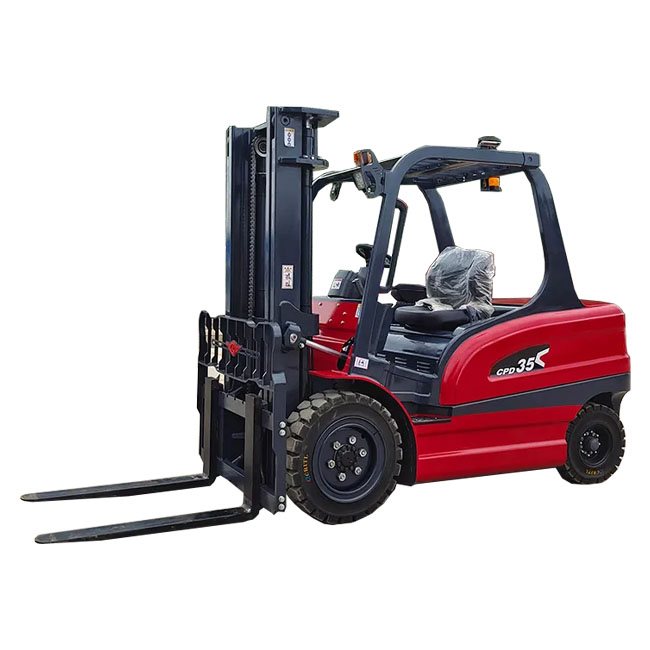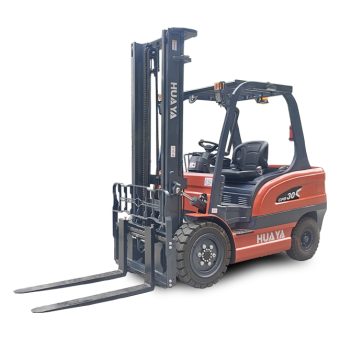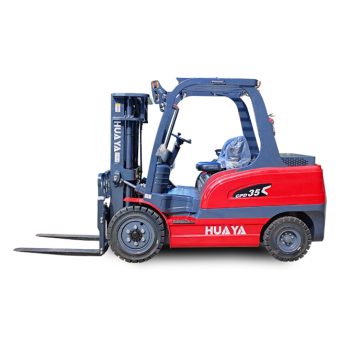
News
Understanding the runtime of an electric forklift is essential for planning operations and maximizing productivity. Several factors contribute to the duration an electric forklift can run before requiring a recharge. In this article, we will explore these factors and provide insights into estimating the runtime of an electric forklift.

The battery capacity is a crucial factor in determining the runtime of an electric forklift. The capacity is measured in kilowatt-hours (kWh) and represents the amount of energy the battery can store. Typically, electric forklifts have battery capacities ranging from 10 kWh to 80 kWh, with larger capacities providing longer runtimes.
To estimate the runtime, divide the battery capacity by the forklift's average energy consumption per hour. Keep in mind that energy consumption may vary based on factors such as load weight, terrain, acceleration, and lift height. Estimating runtime based on battery capacity alone provides a rough estimate and should be adjusted based on operational factors.
Several operational factors impact the runtime of an electric forklift. One of the primary factors is the intensity and duration of usage. A forklift operating continuously at full capacity will deplete the battery more quickly compared to intermittent or light-duty use.
The terrain and environment also play a role. Electric forklifts experience more significant energy consumption when operating on uneven surfaces or inclines. Similarly, extreme temperatures can affect battery performance, potentially reducing runtime in both hot and cold conditions.
Efficiency of operation is another critical factor. Properly trained operators who utilize efficient driving techniques, such as avoiding unnecessary acceleration and slowing down gently, can help optimize energy consumption and extend runtime.
To ensure uninterrupted operation, it is important to establish appropriate charging intervals for electric forklifts. Charging intervals will depend on the estimated runtime, battery capacity, and operational demands. Charging during idle periods or breaks allows the forklift to replenish energy and maintain productivity.
Depending on the battery type, charging times may vary. Lead-acid batteries generally require longer charging periods compared to lithium-ion batteries. Fast-charging technologies and opportunity charging during short breaks or load changes can minimize downtime and enhance runtime.
It is crucial to follow the manufacturer's recommendations for charging procedures to optimize battery health and longevity. Overcharging or undercharging can impact battery performance and reduce runtime.
The runtime of an electric forklift depends on various factors such as battery capacity, operational intensity, terrain, and efficiency of operation. Estimating runtime based on battery capacity is a starting point, but operational variables must be considered. Regular charging intervals and adherence to manufacturer guidelines for charging procedures are essential to maintain maximum runtime. By understanding these factors and optimizing operational efficiency, businesses can ensure seamless operations and maximize the productivity of their electric forklifts.

